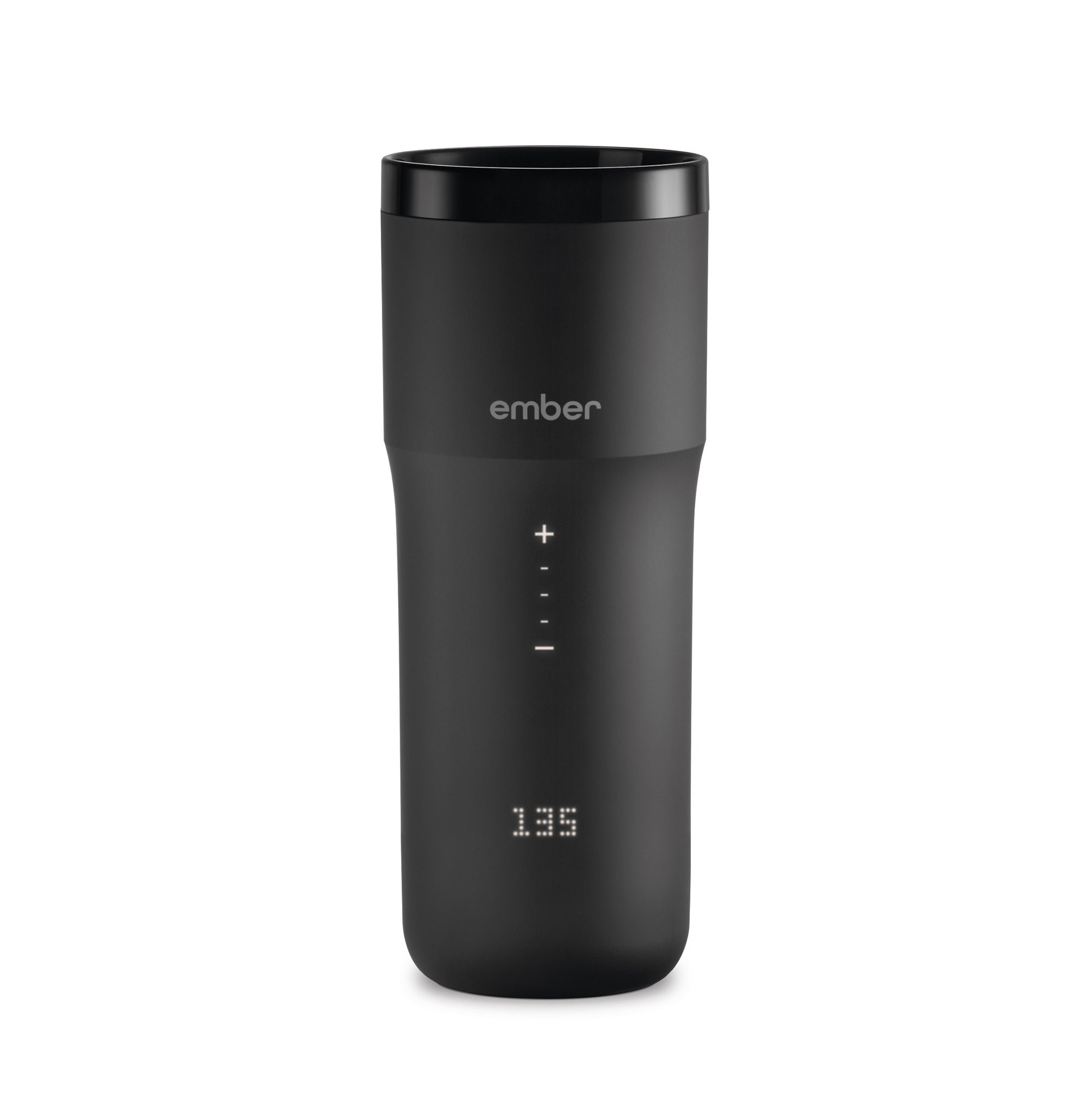

A temperature-controlled kettle is the easiest way to ensure you’re hitting the right temperature for each type of tea you make. Too cool and too short, and you’ll get a weak, flat taste. Too hot and too long, and you’ll end up with bitterness that overpowers the sweeter, more subtle flavor in your tea. Knowing ideal water temps and how long to steep tea are fundamental in making consistently good cups. Unfiltered tap water can often leave your tea with a chemical or metallic taste, and hard water makes it more difficult to extract the flavors of the tea leaves fully. Other than the quality of your tea leaves, water and infusion times are the most critical brew factors when it comes to the final taste of your cup.įiltered tap water or spring water will usually give you the best results. Whole-leaf teas like Ti Kuan Yin (a classic oolong) expand dramatically once they’re rehydrated, so you may need more water than you think. Whatever ratios you choose, just be sure there’s enough water to allow the leaves to unfurl properly. If you’re aiming for a more robust cup, always add more leaves instead of lengthening brew time. Of course, your personal taste is the deciding factor, so experiment with tea-to-water ratios until you’ve zeroed in on your ideal flavors. If you’re using large “fluffy” leaves, you may need a heaping teaspoon or as much as a tablespoon. As a starting point, most will recommend one teaspoon of leaves (or one tea bag or sachet) to every 8 oz of water. Most tea sellers provide brewing instructions, so start with their measurements. Or get creative and just use your French press! If you want to brew multiple cups, a teapot with a built-in infuser basket is the way to go.Mesh tea infusers are usually larger, providing plenty of room for your leaves to unfurl, and can be used directly in your cup.

#EMBER TRAVEL MUG 2 INSTRUCTIONS HOW TO#
Don’t let the extra equipment scare you off – learning how to steep tea with any of these infusers is simple. However, if you choose to use loose tea leaves, you’ll need some steeping gear. Some of our favorite online shops for sourcing specialty loose-leaf teas and tea sachets are Mountain Rose Herbs, Adagio, Vahdam Teas, and Tealeaves.īags and sachets can be brewed directly in your cup. They’re often filled with quality tea leaves instead of CTC leaves, and the pyramid shape gives the leaves room to expand and infuse their flavors properly. However, when you do need to prioritize easy brewing, pyramid-shaped sachets offer a great balance of convenience and flavor. Because the leaves are larger and have usually undergone a more careful drying and oxidizing process, they impart a more balanced and complex flavor with less bitterness. Quality loose-leaf teas, on the other hand, preserve larger pieces of the tea leaf or the entire leaf. This method makes it easy to produce bulk amounts of tea but results in small, broken leaves that release their flavors quickly and are prone to producing bitter, astringent cups of tea. The leaves in bags are processed using the CTC method (cut, tear, curl).

Teabags work in a pinch, but you’ll sacrifice taste for convenience. Whether you prefer strong black teas or delicate white teas, starting with quality tea leaves is the first step to making a great-tasting cup of tea.


 0 kommentar(er)
0 kommentar(er)
